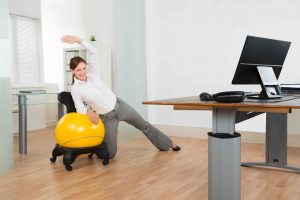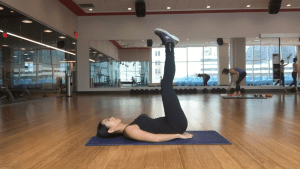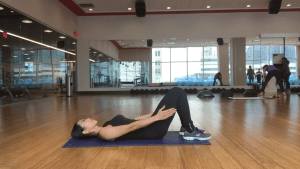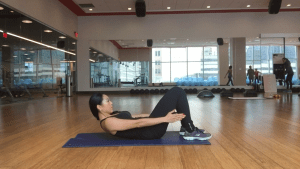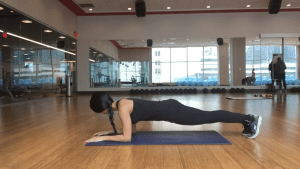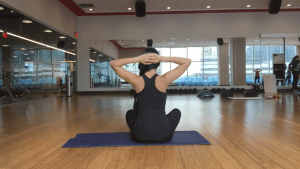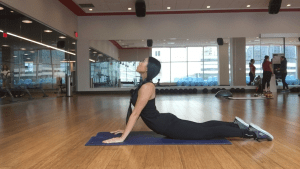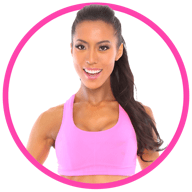Have you ever thought about how how much you strain your neck throughout the day?
You look down to:
- Text
- Reply to your email
- Check Facebook
- Send a tweet
- Type on your keyboard
- Read
- Speak with your children
…And the list goes on and on! This can potentially add up to several hours each day that your neck is tilted forward and/or down.
Why Does This Matter?
Your neck is the connection between your brain and the rest of your body. The messages your brain needs to send must travel through your nervous system which is encased by the bones of your spine. Therefore, if the spinal bones in your neck are continually forced into a forward (or looking down) position, it puts a great deal of pressure on your nervous system.
This interference causes “electrical problems”. Whereby, the information that needs to flow freely in the nervous system can no longer do so. It can cause a “short-circuiting” effect in your body. This is where certain areas of your body develop illnesses or issues because they are lacking all of the information they need to function at 100%.
Additionally, these misalignments can lead to Forward Head Posture. This is a serious condition that must be addressed by a chiropractor. The doctor must work on bringing the carriage of the head back into alignment with your neck and shoulders.
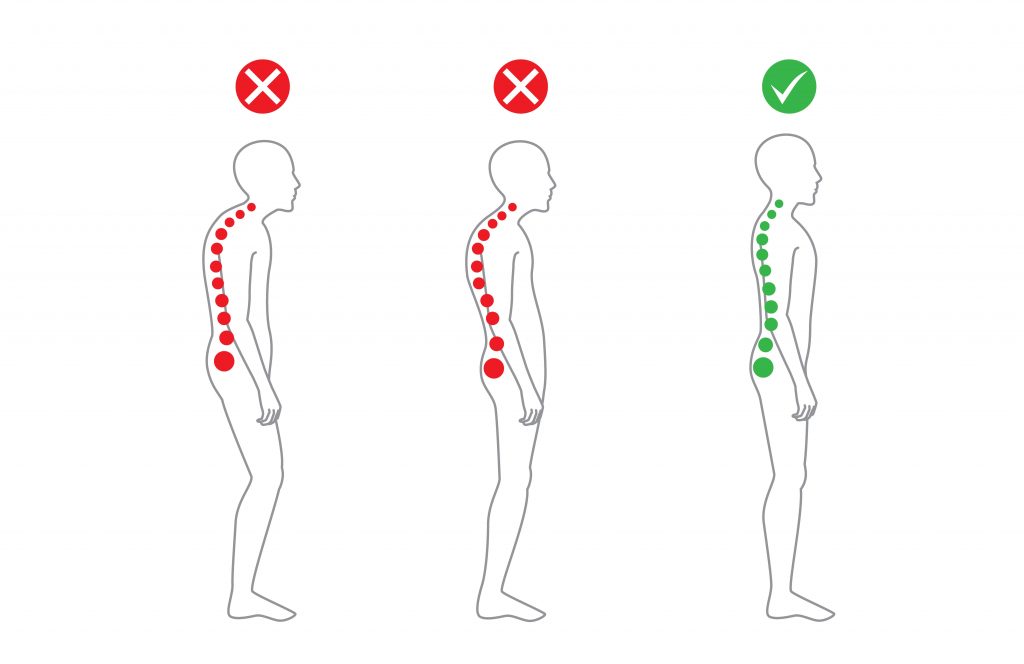
What Is The Proper Alignment For Your Neck?
If we look at you from the side, your ears should be centered on your shoulders. This gives your cervical spine (your neck) the correct curve to allow your nervous system to function properly. Free of any misalignments.
However, if your ears are lining up closer to (or surpassing) the front of your shoulders, your neck is no longer in proper alignment. This means you are experiencing a significant loss of curve in your neck. Therefore aren’t able to allow the messages to travel properly within your nervous system.
This is a very serious problem, because even a loss of curve by 1 degree puts significant pressure on your nervous system, never mind the potential for a couple of inches.
Misalignment can actually develop into a loss of curve, or even a reversed cervical curve and can put immense strain on your health.
This Condition Can Lead To Experiencing:
- Migraines
- Breathing problems
- Heart disease
- Various nose, throat and ear problems
- Learning difficulties
- Emotional problems
This is such a critical area of your spine that must be free of misalignments to allow your body to express real health.
Have you noticed this problem in your spouse or your children? It is especially worrisome for children to have reversed cervical spines, as it can compound into many problems throughout their lives. And as we all know, when problems are left unaddressed, they tend to get worse, not better.
As we are spending more and more time on our devices and computers, the unnatural strain we are putting on our necks becomes even more prominent.
Click here to read, ” Is Today’s Technology Destroying Your Health?”
What Is The Solution?
Find a chiropractor in your area that can help you to express optimal health. Follow the care plan laid out for returning the proper curve to your spine. Especially in children as the rate of complete correction can be quite high, as they are growing and developing quickly.
Jo-Anne Richardson has almost a decade of experience managing a chiropractic office and educating patients on how chiropractic can allow your body to express optimal health. She is a Registered Holistic Nutritionist and holds a Degree in Communications. She loves to experiment with raw vegan recipes, loves to salsa dance, travel and learn new holistic health information to share tips with everyone who visits the office.







